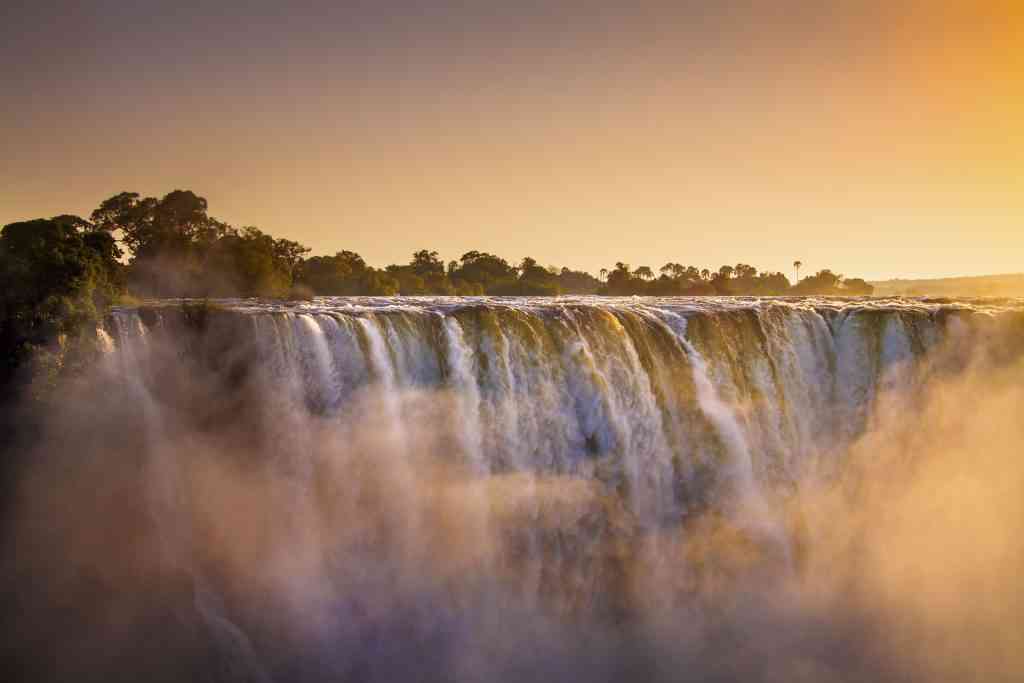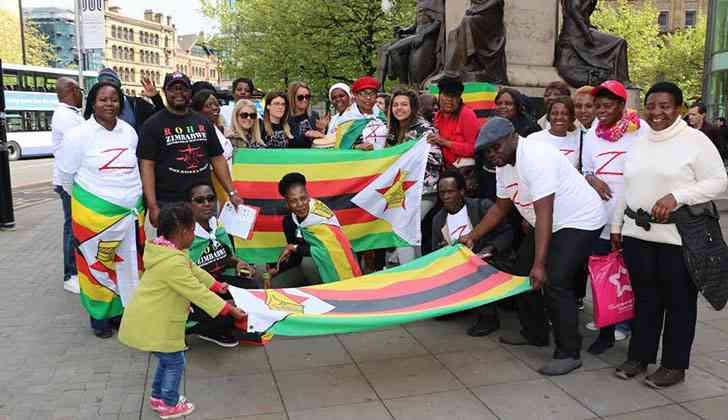
IN this on-going and ever unfolding climate change debate, poor households are at the centre of interacting with climate negatives and challenges, hence they can hardly count stocks upwards.
It has since proved difficult for poor households and communities to realise gains and successes in the face of climate variability and hazards.
These include perennial droughts, rapid flooding systems, cyclones, extreme weather events, water scarcities, among others.
These are among the major obstacles which prevent poor communities and households from accumulating meaningful assets, year in year out.
In addition, maintaining sustainable income levels above the poverty datum lime, worse still even at average levels, remains unachievable.
These extreme events make it difficult for communities in affected areas to cope, be rehabilitated, recover and realise resilience.
As climate shocks continue to unfold now and again, coupled with the effects of other related shocks like illnesses, death, staple food shortages or perennial energy poverty and price hikes, life can never be bright and beautiful.
These effects expose poverty-stricken households, leading to a spiral of deprivations, which will, in turn, further trigger loss of livestock and other assets, among others.
- COP26 a washout? Don’t lose hope – here’s why
- Out & about: Bright sheds light on Vic Falls Carnival
- Over 400 nabbed for environmental violations
- COP26 a washout? Don’t lose hope – here’s why
Keep Reading
The poverty-stricken households are forced to sell the little they would have accumulated to buy food, send children to school or seek medication, among other things, as they live from hand to mouth.
For these drawbacks and lack of meaningful progress, these communities continue nursing a thin cow and resilience remains a pipe dream, hence they cannot make ends meet.
While climate change continues to increase the frequency and severity of extreme events, its impacts have already affected the livelihood options for millions of people in developing countries.
Developing countries continue to live and experience climate hazards and risks, lack of adaptive and coping capacities, including home-generated funding, forcing them to rely on forest resources and other natural resources for survival.
In this regard, instead of preserving the environment for sustainable development, they destroy it in attempts to improve their livelihoods.
Furthermore, edible forest fruits, insects and animals become the main targets, including trees for firewood and charcoal as well as minerals for illegal panning.
Many developing countries in these situations lack governmental and non-governmental organisation support systems like social funds and livelihood support which serve as useful safety nets for promoting household resilience to climate risks.
In countries where simple goods and services are not produced, these communities remain exposed and vulnerable, including their public infrastructure like schools, clinics, roads and bridges.
Building resilience in poor households and vulnerable communities should be the main focus of any government, development partners and civil-society.
Of course, there should be lessons learnt so far from past failures and successes for future planning.
These challenges, which are to be addressed, provide starting points of focus, sign-posting and guidance in order to redesign resilient pathways for future awareness and learning.
The links between the vulnerable communities and national level policies, and their application in public should be transformed.
Preservation of natural resources is vital in fighting climate change.
Protection of vegetation, soil and water resources (by preventing activities such as indiscriminate deforestation, wildfires, streambank and wetland cultivation, uncontrolled mining, brick-moulding and sand-abstraction) helps to reduce the impacts of increased temperatures and reduced rainfall.
Preventing vegetation clearance and improving the organic matter content of the soil reduces carbon emissions, thus helping to mitigate climate change.
In Zimbabwe, it is the traditional leaders who have control over sacred forests, mountains, animals, rivers and other natural resources.
They need to provide an enabling environment for communities and households to build resilience.










